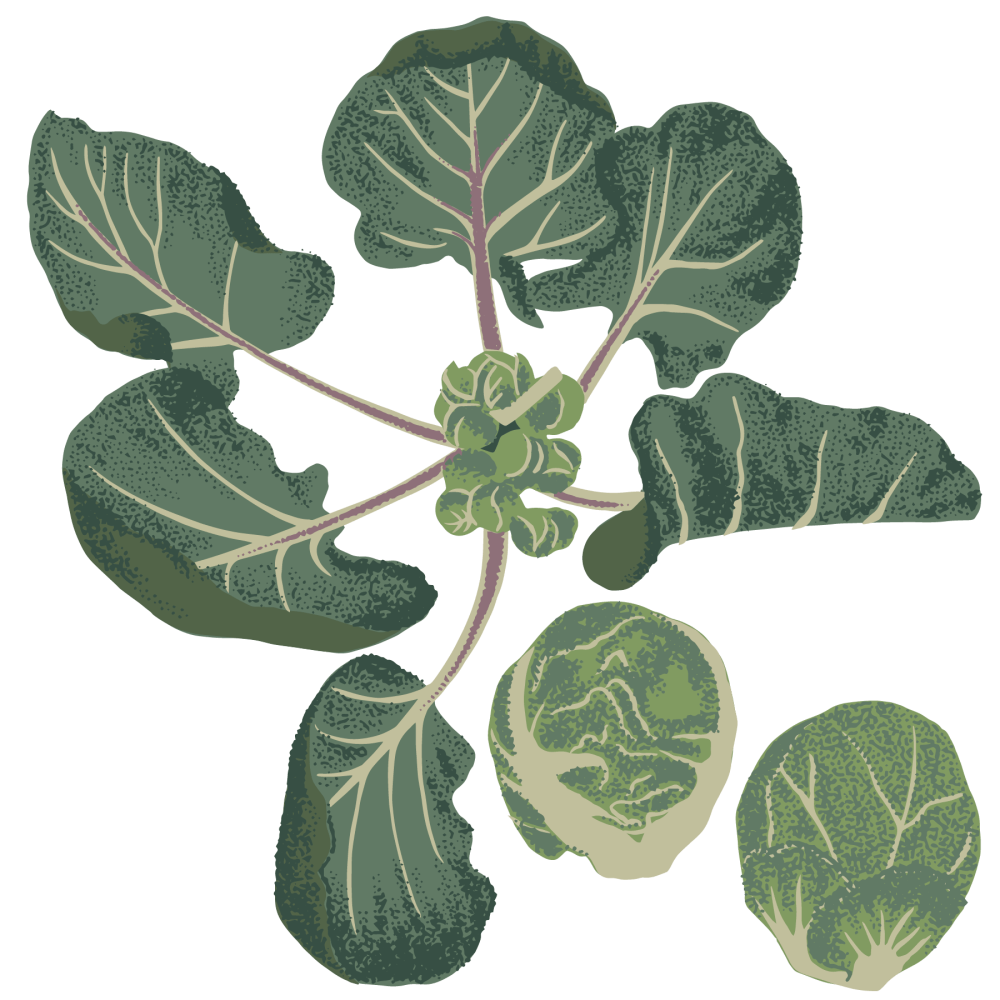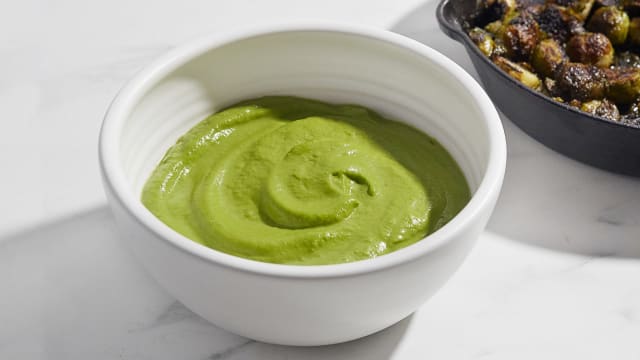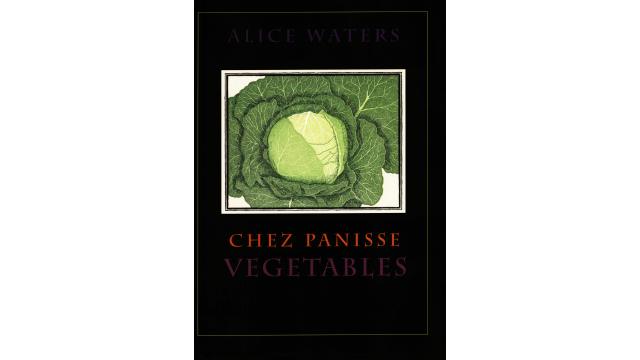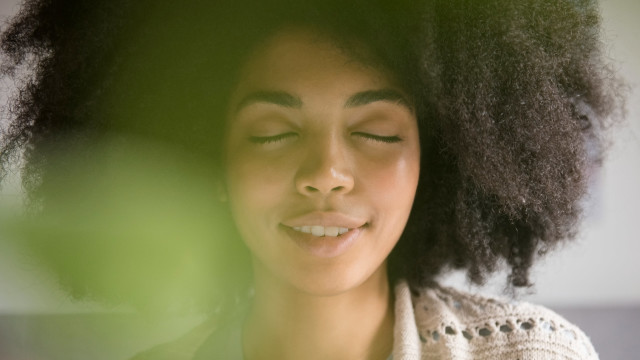Brussels Sprout

Latin name: Brassica oleracea
Uses: vegetable
What are Brussels sprouts?
Brussels sprouts are just tiny cabbages that grow along a tall stalk rather than in single heads like regular cabbage.
Why are Brussels sprouts healthy?
Like their full-size cabbage cousins, Brussels sprouts are nutritional powerhouses full of vitamins — especially C and K — and minerals like calcium, potassium, and iron. They can promote hormonal balance and liver health, and their high fiber and alpha linolenic acid content can help reduce high triglyceride levels.
What do Brussels sprouts taste like?
Brussels sprouts have the same pungent aromatic compounds as other members of the mustard family, and the cooking technique you employ has the biggest effect on their flavor. Raw ones taste like cabbage, but have a tighter, denser texture; when cooked in dry heat, they take on a nutty, earthy-sweet flavor with a slightly bitter cruciferous bite.
How do I use Brussels sprouts?
Brussels sprouts come pretty much ready to use — you can peel off the outer leaf if it’s yellowish or dinged up, and then you have some options: you can shave them on a mandoline slicer for quick sautés or slaws, halve or quarter them for roasting, or peel each leaf and fry them like potato chips. If you roast them, use a hot oven — they’re best cooked to slightly al dente.
What do Brussels sprouts pair well with?
Brussels sprouts fit naturally with other winter foods (think slow braises and roasted squash) and taste their best with the right additions of salt, fat, and acid. A drizzle of nutty oil, a pinch of flake salt, and a squeeze of lemon is a great starting point, but feel free to branch off from there.
Fat and salt can be brought by Parmesan or another sharp, crumbly cheese; acid can come from a splash of balsamic vinegar or a dribble of kimchi brine. Brussels sprouts love garlic and herbs, and their nuttiness pairs well with actual nuts.
Where do Brussels sprouts grow?
True to their name, Brussels sprouts indeed originated in Belgium, where they’ve been grown since the 13th century. Like most cabbages, Brussels sprouts do best in cooler temperatures.
How to buy Brussels sprouts:
They’re usually sold loose, but sometimes you can find whole giant stalks studded with sprouts, which is honestly the most fun way to buy any vegetable. A plastic bag of loose Brussels sprouts will stay fresh in the crisper drawer for about a week.
Fun Brussels sprouts fact:
Brussels sprouts grow in what’s known as a phyllotaxis spiral, an arrangement around the stalk that derives mathematically from the golden ratio and Fibonacci sequence. And they’re not alone. Sunflower seeds and spiral aloe leaves — and those of many other species — also grow in this pattern.





